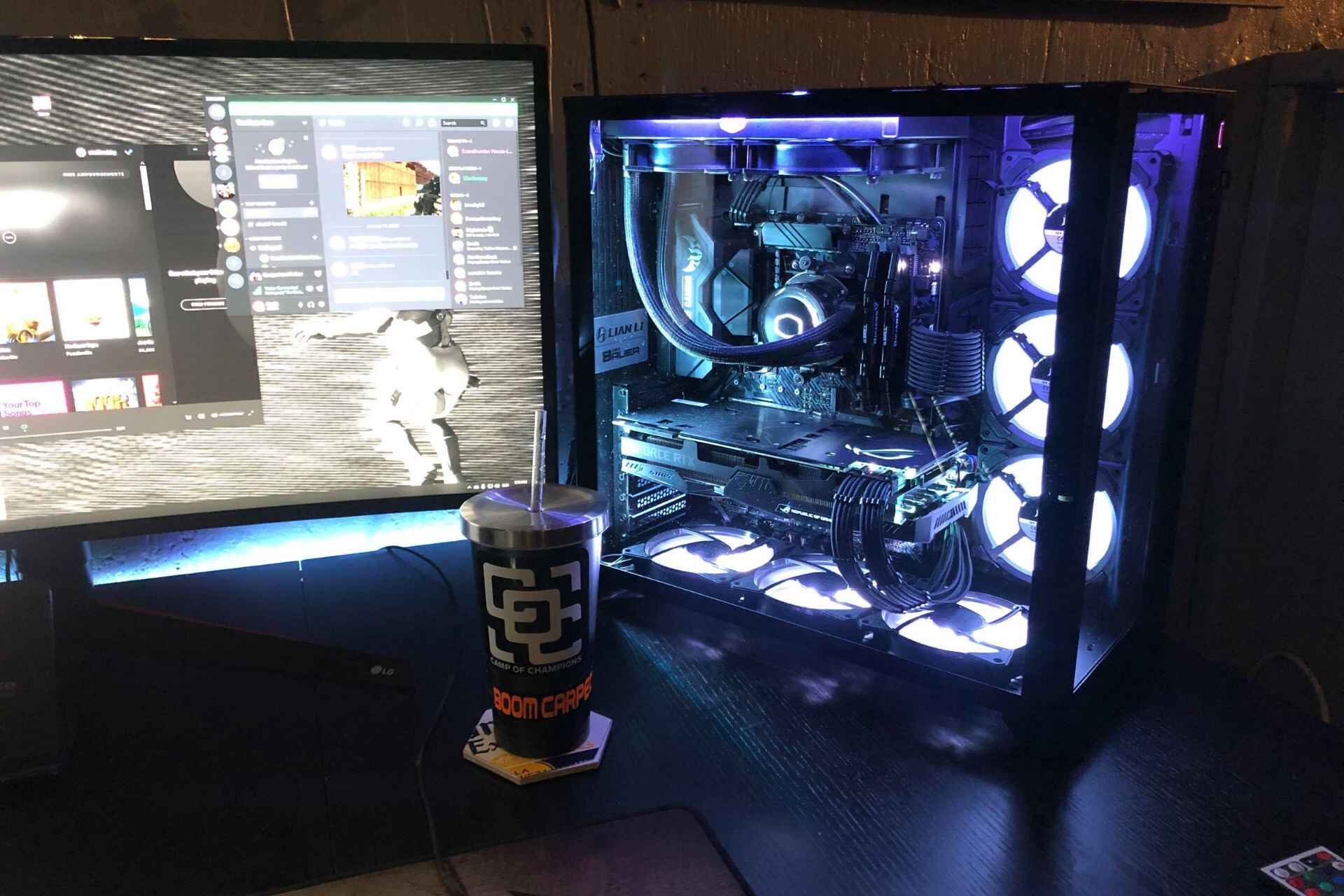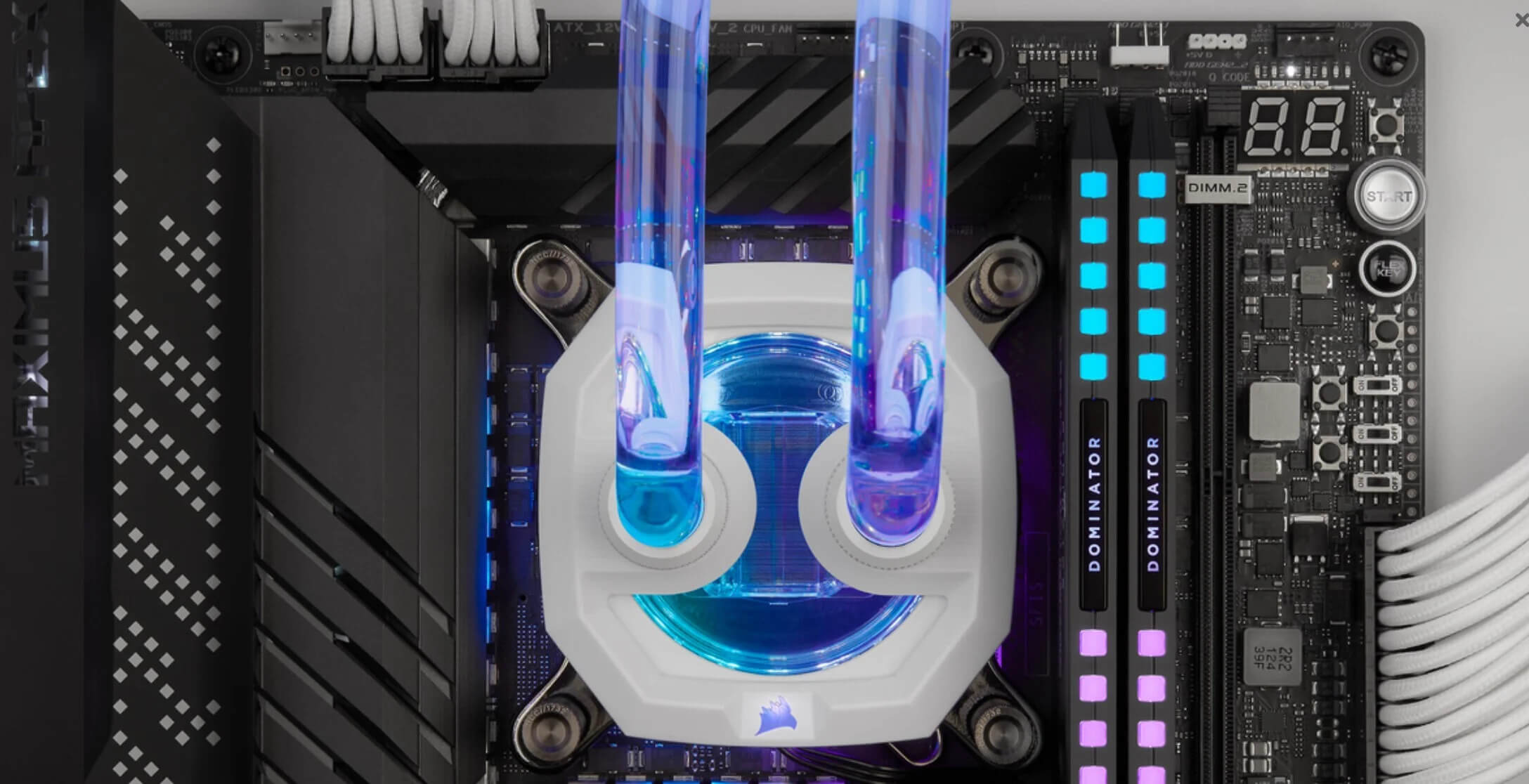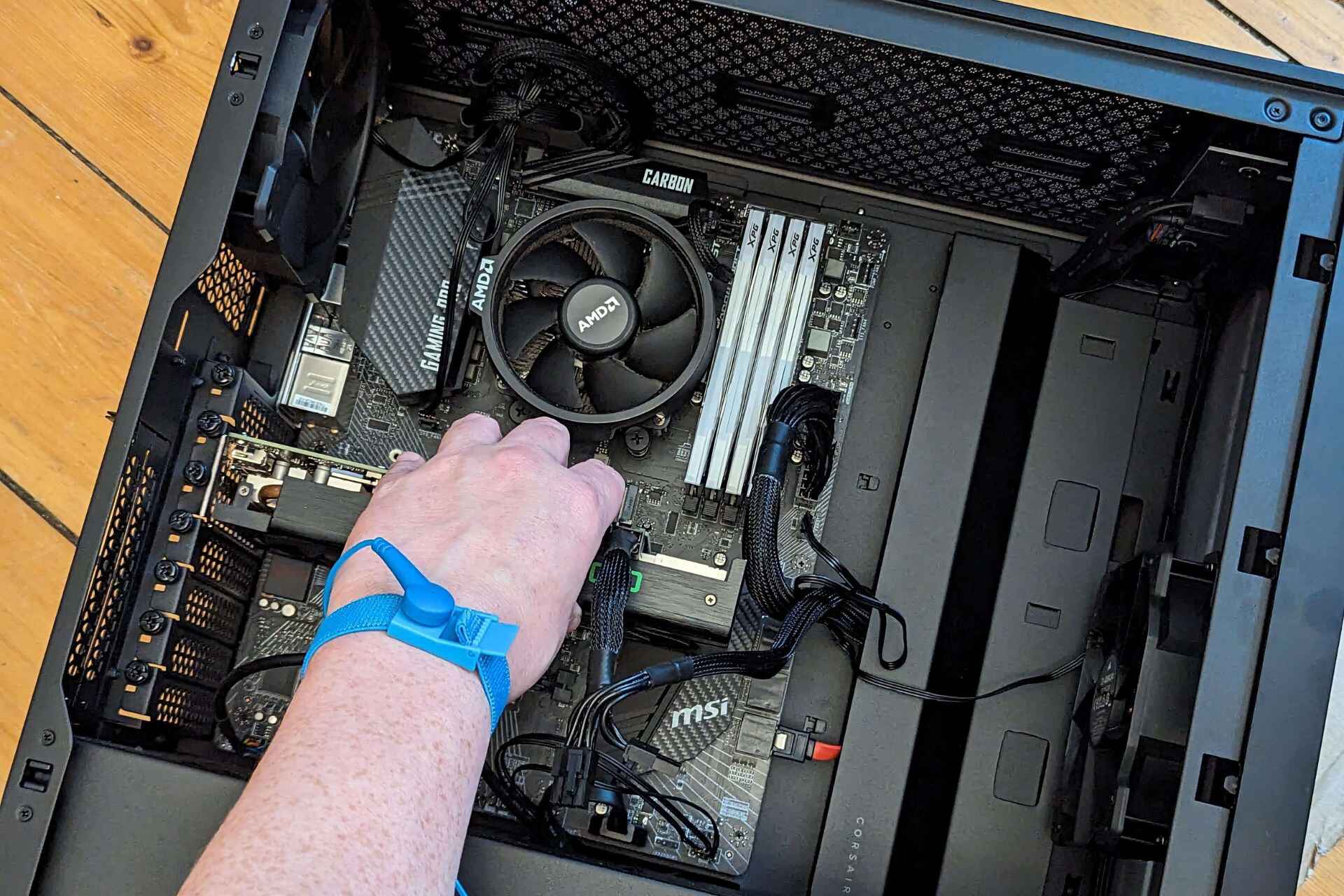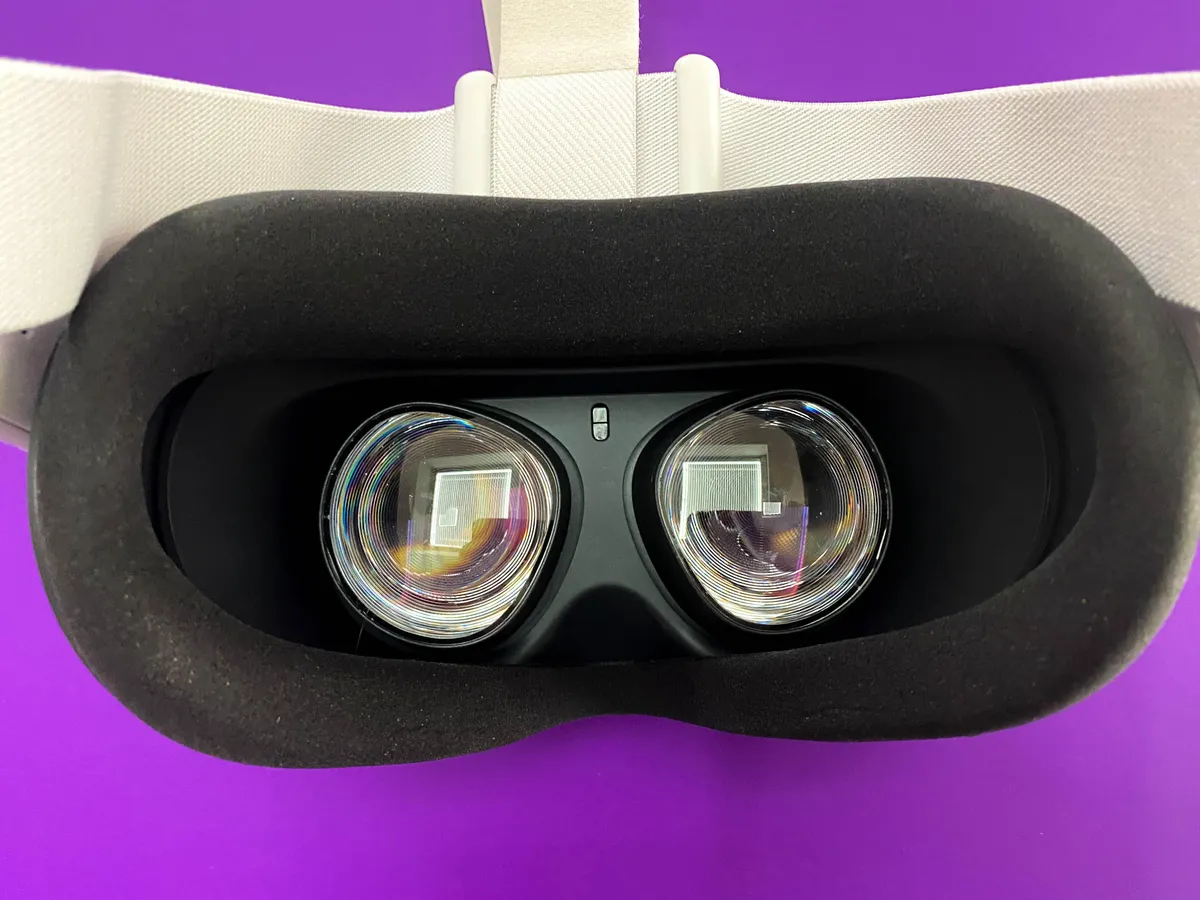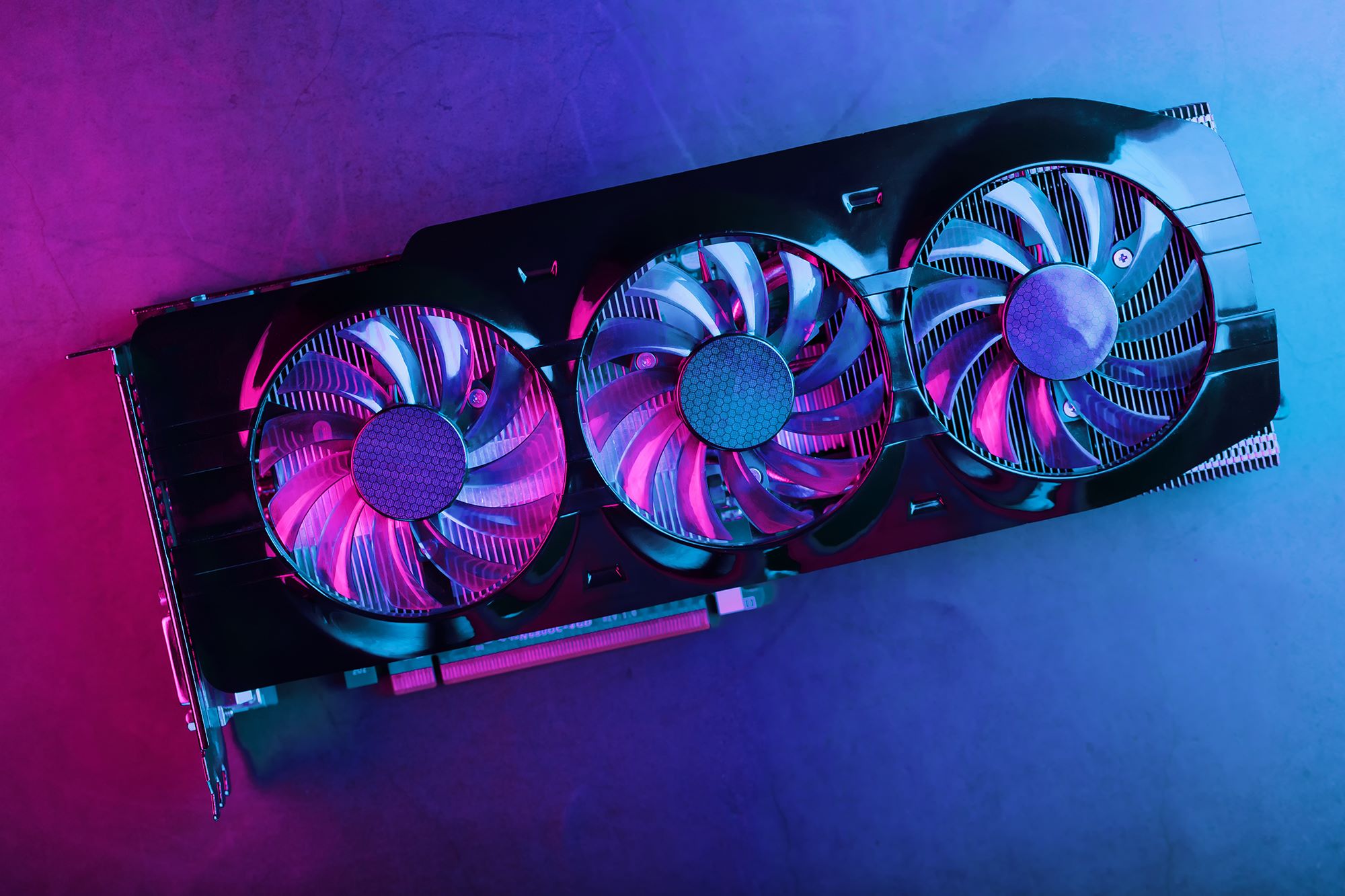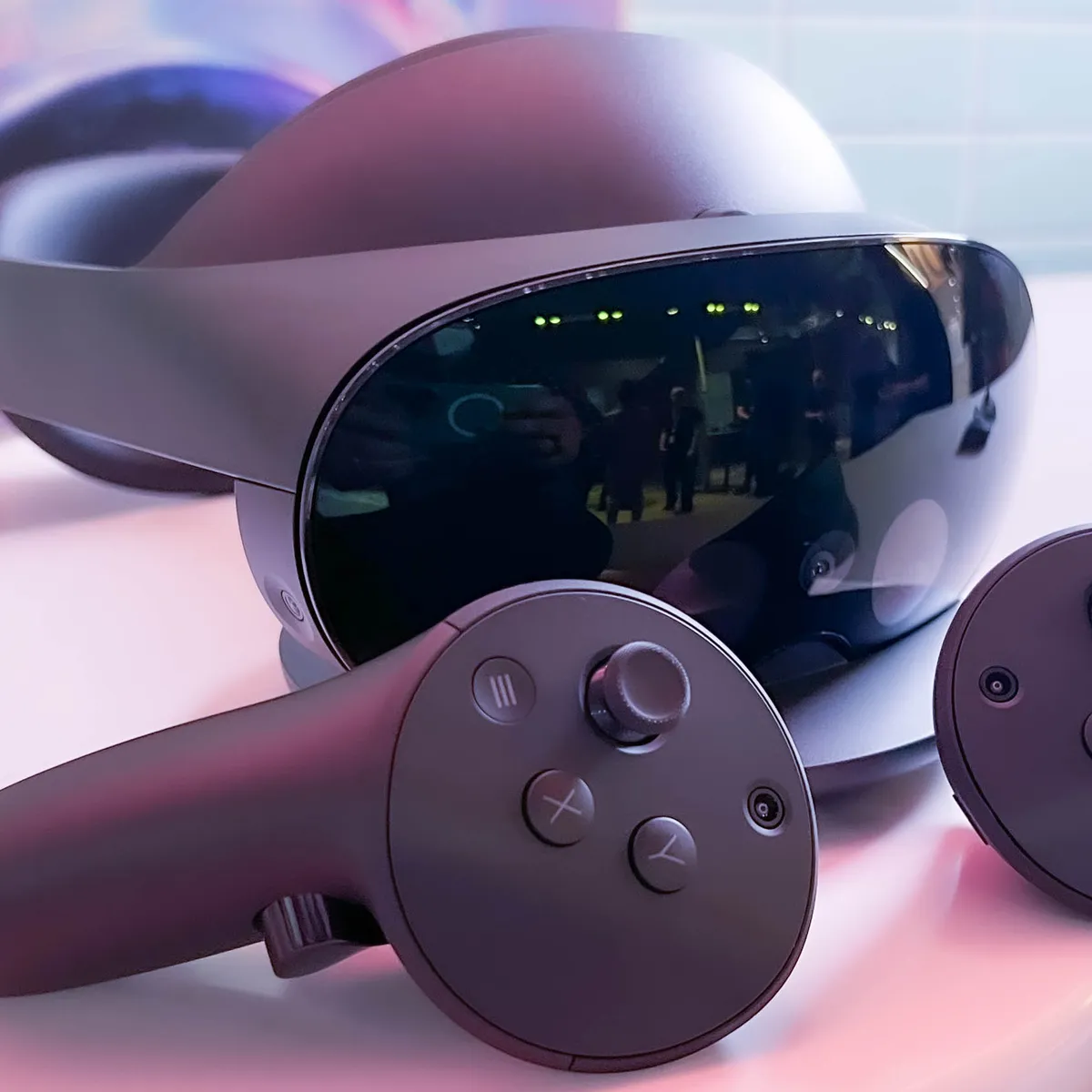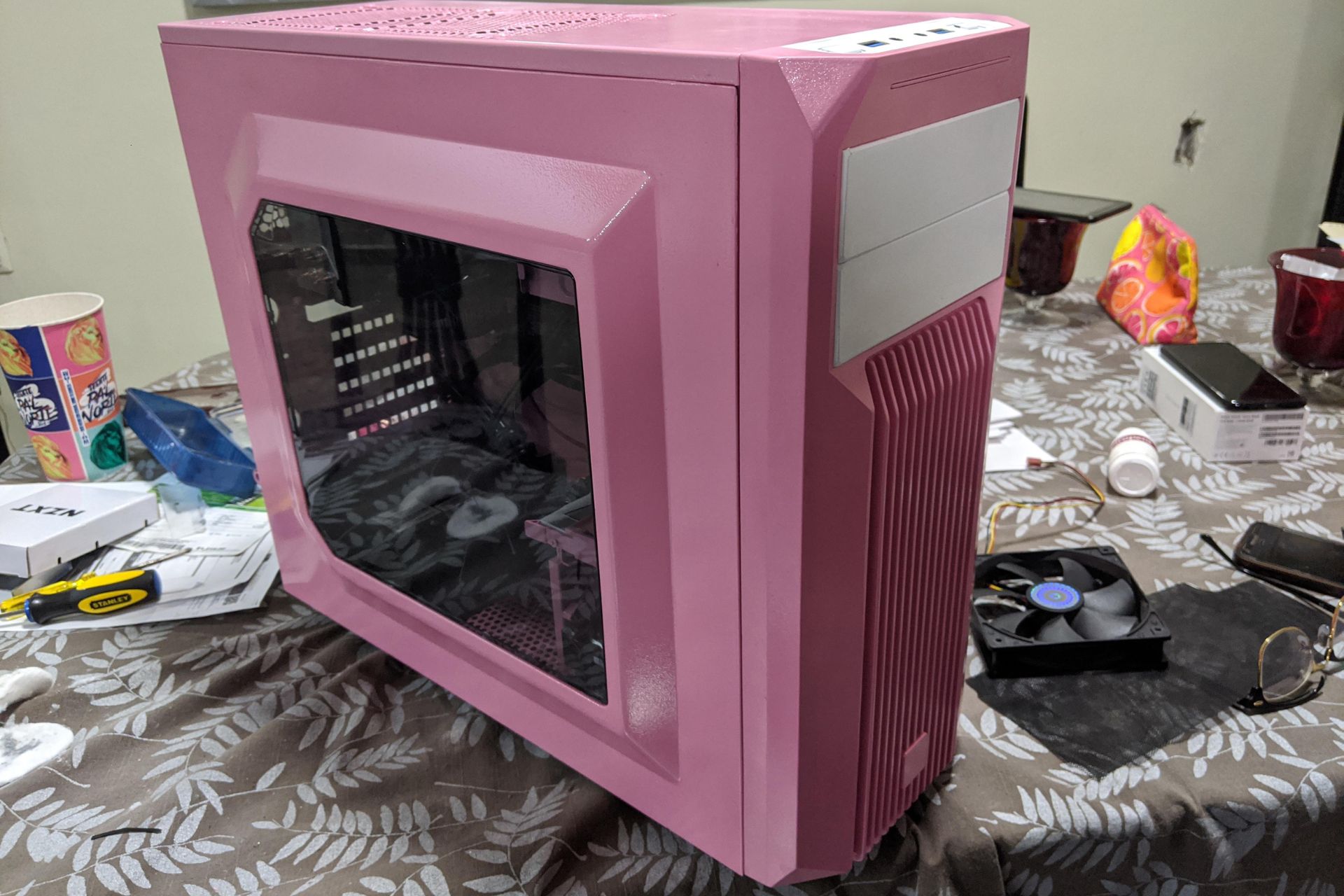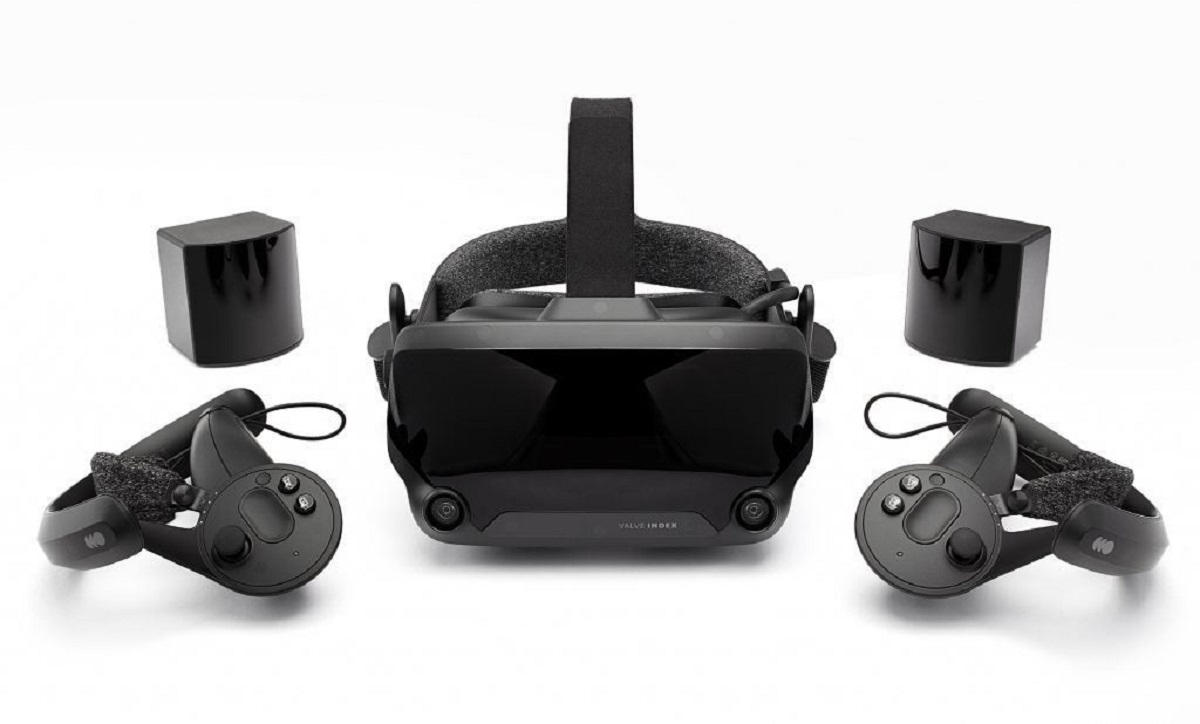Introduction
Your PC case is not just a housing for your computer components; it is also a reflection of your personal style and a crucial component in maintaining the longevity of your system. Unfortunately, PC cases can be prone to scratches and other damages, which can be frustrating and diminish the overall aesthetics of your setup.
Scratches on your PC case can occur from a variety of sources, including accidental rubbing or scraping against surfaces, rough handling during transport, or even regular wear and tear. However, the good news is that there are several measures you can take to prevent and minimize the occurrence of these unsightly scratches.
In this article, we will explore various strategies and techniques to protect your PC case from scratching. From choosing the right surface for your case to utilizing protective films, foam, and rubber bumpers, we will cover it all. We will also discuss cable management, dust prevention, and safe transportation methods to keep your PC case looking brand new.
Whether you have a sleek and stylish gaming rig or a professional workstation, the information provided in this article will help you maintain the pristine appearance of your PC case, as well as improve its overall lifespan. So, let’s dive in and explore the best ways to prevent those frustrating scratches and keep your PC case in top condition.
Understanding the Causes of PC Case Scratching
Before delving into the solutions, it is important to have a good understanding of why your PC case might be susceptible to scratches. By understanding the causes, you can take proactive steps to prevent them and preserve the pristine appearance of your case.
One of the primary causes of PC case scratching is friction. When your case rubs against a rough or abrasive surface, it can lead to scratches and abrasions. This can happen when you place your case on a rough desk, move it across a coarse carpet, or accidentally scrape it against a textured wall. Even a small amount of friction can cause noticeable scratches over time.
In addition to friction, another common cause of scratching is accidental bumping or mishandling. When you accidentally knock or drop your case, it can result in scratches, dents, or other forms of damage. This is particularly common during transportation, especially if your PC case is not securely secured or protected.
Furthermore, dust and debris can also contribute to scratching. Fine particles can accumulate on the surface of your case and act as abrasives, creating small scratches over time. Dust can also get trapped between moving parts, such as fan blades, and cause damage when in motion. Keeping your case clean and dust-free is essential in preventing these types of scratches.
Lastly, the presence of cables can also contribute to scratching. Poor cable management can result in cables rubbing against the case surface, leading to scratches and abrasions. It’s important to organize and secure your cables to minimize movement and contact with the case.
By understanding these common causes, you can take the necessary precautions to protect your PC case from scratching. In the following sections, we will explore various strategies and techniques to mitigate and prevent these potential risks, ensuring that your PC case remains in pristine condition for years to come.
Choosing the Right Surface for Your PC Case
One of the first steps in preventing PC case scratching is selecting the right surface to place your case on. The surface you choose can greatly impact the likelihood of scratches and other damages. Here are some tips to help you choose the ideal surface for your PC case:
- Opt for a smooth and flat surface: When selecting a desk or table for your PC case, choose one that has a smooth and flat surface. Avoid surfaces with rough textures or sharp edges that could potentially scratch your case. A smooth surface will minimize friction and reduce the risk of scratches.
- Consider using a desk mat or mouse pad: To provide an extra layer of protection and cushioning for your PC case, consider using a desk mat or mouse pad. These accessories can help absorb any impacts or movements and prevent your case from coming into direct contact with the surface.
- Avoid placing your case on the floor: Placing your PC case directly on the floor can expose it to dust, dirt, and other debris that can scratch the case surface. Additionally, the floor can be subjected to more movement and vibrations, increasing the risk of accidental bumps and scratches. Whenever possible, elevate your PC case off the floor using a dedicated stand or shelf.
By choosing the right surface for your PC case, you can significantly reduce the chances of scratching and other damages. Remember, prevention is always better than trying to repair or remove scratches afterward. So, take the time to select a suitable surface that will keep your PC case safe and scratch-free.
Using Protective Films or Foam
Protective films and foam are excellent tools to safeguard your PC case from scratches and abrasions. These easy-to-use solutions provide a protective barrier between your case and potential sources of damage. Here are some tips on how to effectively utilize protective films and foam:
- Apply transparent protective films: Transparent protective films are adhesive sheets that can be applied directly to the surface of your PC case. They are designed to provide a thin and durable layer of protection against scratches. Before applying the film, make sure to clean the case surface thoroughly to remove any dust or debris. Carefully align the film with the case surface and use a cloth or credit card to smooth out any air bubbles or wrinkles.
- Use foam padding for transportation: If you often transport your PC case, foam padding is essential for protecting it during transit. Foam padding can be custom-cut or purchased in pre-cut sheets that fit inside your case. The foam acts as a shock absorber, preventing scratches and minimizing the impact of any bumps or vibrations. Make sure to secure the foam padding firmly to prevent it from shifting during transportation.
- Replace or reapply protective films regularly: Over time, protective films can become worn out or damaged. It is crucial to regularly inspect and replace any films that show signs of peeling, bubbling, or significant scratches. Additionally, if you remove the protective film for any reason, make sure to clean the case surface and reapply a new film to maintain optimal protection.
By utilizing protective films or foam, you can significantly reduce the risk of scratches and other damages to your PC case. Remember to follow the manufacturer’s instructions for applying and replacing protective films and ensure that the foam padding is securely in place before transporting your case. With these simple measures, you can keep your PC case looking pristine and scratch-free.
Minimizing Movement and Vibration
Movement and vibration can be significant contributors to PC case scratching. The more your case moves or vibrates, the higher the chances of it coming into contact with abrasive surfaces or other objects that can cause scratches. Here are some effective ways to minimize movement and vibration:
- Secure your PC case properly: Ensure that your PC case is securely fastened to the desk or surface it sits on. Use mounting screws or brackets to secure the case in place, preventing any unnecessary movement or sliding. This is especially important if you have a high-end or heavy PC case that can easily shift or tip over.
- Invest in anti-vibration mounts: Anti-vibration mounts, such as rubber or silicone pads, are designed to absorb shocks and vibrations. These mounts can be placed underneath your PC case or between the case and any surface it comes into contact with. They help to dampen vibrations and reduce the risk of scratches caused by movement or shaking.
- Avoid placing your case near high-traffic areas: If possible, position your PC case away from high-traffic areas where it is more likely to be accidentally bumped or disturbed. Placing it in a corner or on a stable shelf can help minimize the chances of movement and vibration.
By implementing these measures, you can significantly reduce the chances of your PC case experiencing movement and vibration that can lead to scratches. Remember, a stable and secure PC case is essential not only for preventing scratches but also for protecting your computer components from potential damage.
Utilizing Cable Management and Organization
Proper cable management and organization not only improve the overall aesthetics of your PC setup but also play a vital role in preventing scratches and other damages to your PC case. Tangled or loose cables can inadvertently rub against the case surface, causing scratches over time. Here are some tips to effectively manage and organize your cables:
- Use cable ties or clips: Invest in cable ties or clips to bundle and secure your cables together. This helps to minimize their movement and prevents them from coming into contact with the PC case. You can group cables together based on their length or function and use the cable ties or clips to keep them neatly organized and out of the way.
- Route cables away from the case surface: Make a conscious effort to route your cables away from the PC case surface. Avoid letting them dangle or rest directly on the case. You can use cable clips or adhesive hooks to attach the cables to the edges of your desk or other nearby surfaces.
- Use cable sleeves or covers: Cable sleeves or covers are an excellent option for concealing and protecting your cables. These sleeves can be easily wrapped around multiple cables, keeping them tidy and preventing any loose ends from rubbing against the case. Cable sleeves can also provide a barrier between the cables and the case, reducing the chances of scratches.
By implementing these cable management techniques, you can minimize the movement of cables and prevent them from scratching your PC case. Not only will this keep your case in pristine condition, but it will also improve airflow and make future maintenance much easier.
Installing Rubber or Silicone Bumpers
Rubber or silicone bumpers are an effective solution for protecting your PC case from scratches and damages. These bumpers act as a cushion between your case and any surfaces it comes into contact with, absorbing impact and reducing the risk of scratches. Here are some tips on installing rubber or silicone bumpers:
- Identify contact points: Take a close look at your PC case and identify the areas that come into contact with surfaces or objects. These can include the bottom of the case, the corners, or any protruding parts that might touch the desk or shelf. These are the areas where the bumpers should be placed.
- Choose the right bumpers: There are various types of rubber or silicone bumpers available in the market. Consider factors like the size and weight of your PC case, as well as the types of surfaces it will be in contact with. Opt for bumpers that are appropriately sized and have a suitable level of firmness to provide adequate protection.
- Clean the case surface: Before applying the bumpers, make sure the case surface is clean and free of any dust or debris. Use a mild cleaning solution and a soft cloth to wipe down the surface and ensure a clean bonding area for the bumpers.
- Apply the bumpers: Carefully peel off the adhesive backing of the bumpers and place them in the identified contact points. Press firmly to ensure proper adhesion. Make sure the bumpers are evenly spaced and aligned to provide even protection and stability.
- Check and replace if necessary: Periodically check the condition of the bumpers and replace any that have become worn out or loose. Over time, the bumpers may lose their adhesive properties or wear down, so it’s important to maintain them to ensure optimal protection for your PC case.
By installing rubber or silicone bumpers, you can add an extra layer of protection to your PC case, minimizing the risk of scratches and damages. These bumpers are easy to install and can make a noticeable difference in preserving the appearance and longevity of your PC case.
Keeping the Case Clean and Dust-Free
Keeping your PC case clean and free from dust is not only important for maintaining a visually appealing setup but also for preventing scratches and damage. Dust particles can act as abrasive materials, causing scratches when they come into contact with the case surface. Here are some tips on how to keep your PC case clean and dust-free:
- Regularly dust the exterior: Use a soft microfiber cloth or a can of compressed air to remove dust from the exterior of your PC case. Gently wipe or blow away any dust particles that may have settled on the case surface. Avoid using abrasive materials or excessive force, as this can potentially scratch the case.
- Clean the interior: Open your PC case and carefully clean the interior components to remove any dust buildup. Use a can of compressed air or an anti-static cleaning brush to gently blow or brush away dust from the motherboard, fans, and other components. Make sure to turn off and unplug your PC before cleaning the interior.
- Maintain a dust-free environment: Preventing dust from accumulating in your PC case starts with maintaining a dust-free environment. Regularly clean your workspace and keep it free from dust and other debris. Consider using an air purifier or dust filters on your computer intake fans to reduce the amount of dust that enters the case.
- Consider using dust filters: Install dust filters on your case fans and air intakes to prevent dust from entering the case. These filters are designed to trap dust particles while allowing proper airflow. Regularly clean and maintain these filters to ensure optimal performance and dust prevention.
By keeping your PC case clean and free from dust, you minimize the chances of scratches caused by abrasive particles. Regular maintenance and cleaning will not only preserve the appearance of your PC case but also contribute to the overall health and performance of your computer system.
Transporting Your PC Case Safely
Transporting your PC case can be a risky endeavor, as it is prone to scratches and damages if not handled properly. Whether you’re moving your PC from one room to another or taking it to a LAN party, it’s important to ensure its safety during transportation. Here are some tips on how to transport your PC case safely:
- Remove any loose or fragile components: Before transporting your PC case, remove any loose or delicate components such as graphics cards, hard drives, and CPU coolers. These components can become dislodged or damaged during transport, potentially causing scratches or other damages to the case. Pack them separately in anti-static bags or boxes for added protection.
- Secure internal components: If you’re unable to remove certain components, make sure they are securely fastened and supported. Use cable ties or Velcro straps to secure cables and prevent them from shifting or impacting the case. Additionally, apply gentle pressure to ensure that internal components such as graphics cards or RAM modules are seated firmly in their slots.
- Use a padded carrying case or box: Investing in a padded carrying case or box specifically designed for PC transportation can provide optimum protection. These cases are equipped with shock-absorbent padding and compartments to securely hold your PC case in place. Make sure the case or box is sturdy and provides ample space to accommodate your PC case.
- Protect the exterior: Cover your PC case with a protective cloth or bubble wrap to provide an extra layer of cushioning and prevent scratches. Ensure that the case is completely wrapped and secured before placing it in the carrying case or box. It’s also a good idea to mark the exterior of the case with fragile stickers or labels to alert handlers to handle it with care.
- Handle with caution: When transporting your PC case, always handle it with caution. Lift and carry the case using both hands, supporting the bottom and sides, to distribute the weight evenly. Avoid shaking, dropping, or leaning the case against any surfaces, as this can cause scratches or other damages. If possible, transport the case upright rather than on its side to further minimize the risk of shifting components or loose objects.
By following these safety measures, you can transport your PC case with peace of mind, knowing that it is protected from scratches and damages. Remember, prevention is key when it comes to safeguarding your PC case during transportation.
Final Thoughts
Taking measures to prevent scratches on your PC case is essential for maintaining its appearance, longevity, and overall functionality. By understanding the causes of PC case scratching and implementing the strategies outlined in this article, you can significantly reduce the risk of scratches and damages.
Choosing the right surface, utilizing protective films or foam, minimizing movement and vibration, organizing cables, installing rubber or silicone bumpers, keeping the case clean and dust-free, and transporting it safely are all key steps in protecting your PC case. These practices not only preserve the aesthetic appeal of your setup but also contribute to the proper functioning and durability of your computer system.
Remember, prevention is key when it comes to protecting your PC case. By being proactive and implementing these preventive measures, you can keep your PC case looking brand new for years to come. Regular maintenance and care, coupled with the use of protective accessories, will go a long way in preserving the condition and value of your PC case.
So, take the time to assess your current setup and implement these preventive measures accordingly. Your PC case deserves the best care and protection, and by following these guidelines, you can ensure that it remains scratch-free, functioning optimally, and visually appealing.







